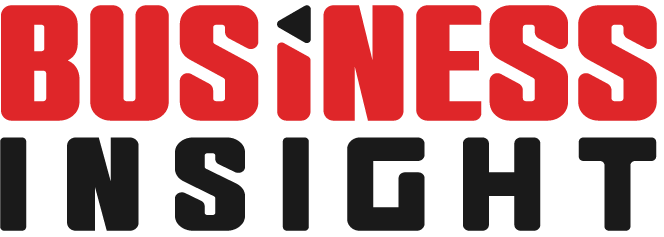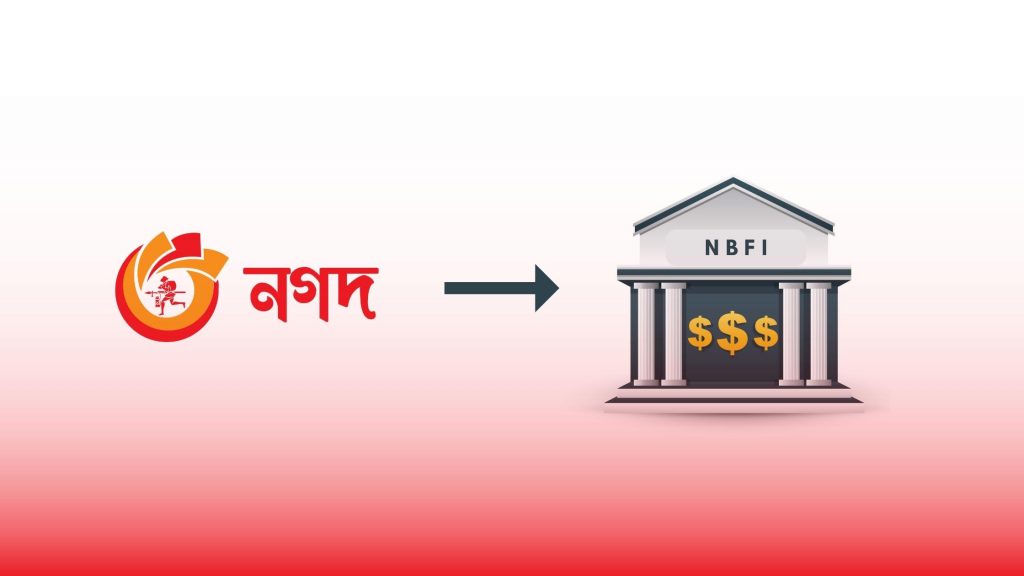As inflation cooled, consumer spending in the United States experienced a sharp rise in October. The Federal Reserve tightened monetary policy aggressively. Reuters reported that spending increased by 0.6 percent in Sup timber and extended up to 0.8 percent in the following month. However, the gain that happened in October has met economists’ projections. Consumer spending contributes to more than two-thirds of the country’s economic activity. Consumer spending increased due to strong wage gains as the Labor market showed resilience and one-time tax refunds in California.
Fewer claims on unemployment benefits were filed last week. According to a third report from the Labor Department, initial applications for state unemployment benefits decreased by 16,000 to a seasonally adjusted 225,000 for the week ending November 26. Two hundred forty-one thousand claims were filed in the previous week, with a portion increasing due to a spike in layoffs in the technology industry. So, the labor market is still tight despite the uncertainty. Reportedly, for the first time in 2.5 years, the manufacturing activity decreased in November, and factories reported falling demand. Still, economists expect next year’s recession to be short and mild.
Automobile, furniture, and recreational goods purchases drove a 1.4 percent increase in consumer spending on goods. Spending on housing and utilities and in restaurants and bars helped boost the growth of services by 0.5 percent. Personal income increased by 0.7 percent at a year-over-year rate, however. When inflation was considered, the amount of money available to households grew by 0.4%. However, shoppers also used their savings to pay for their purchases. The savings rate decreased from 2.4 percent in September to 2.3 percent, the lowest since 2005.
Consumer expenditure increased by 0.5% after inflation, the largest since January. The economic growth for the last quarter estimates at 2.8% annually. The economy expanded at a 2.9% annual rate in the third quarter. Vehicle, furniture, and recreational goods purchases drove a 1.4% increase in goods spending. Spending at restaurants and bars and on housing and utilities helped well as on housing, and utilities helped to boost the 0.5% increase in service expenditures.
Household income increased by 0.4% after inflation was taken into account. However, shoppers also used their savings to pay for their purchases. From 2.4% in September, the saving rate fell to 2.3%, the lowest level since July 2005. Following an increase by the same percentage in September, the personal consumption expenditures (PCE) price index increased by 0.3%. The PCE price index rose 6.0% during the previous twelve months through October. Since December 2021, that was the smallest year-over-year gain.
With the volatile food and energy components excluded, the PCE price index increased by 0.2% after increasing by 0.5% in September. Following a 5.2% increase in September, the so-called core PCE price index increased by 5.0% in October. For its 2% inflation target, the Federal Reserve keeps an eye on the PCE price indices. Other indicators of inflation have shown a slowdown. The annual consumer price index climbed by less than 8% in October for the first time in eight months.



